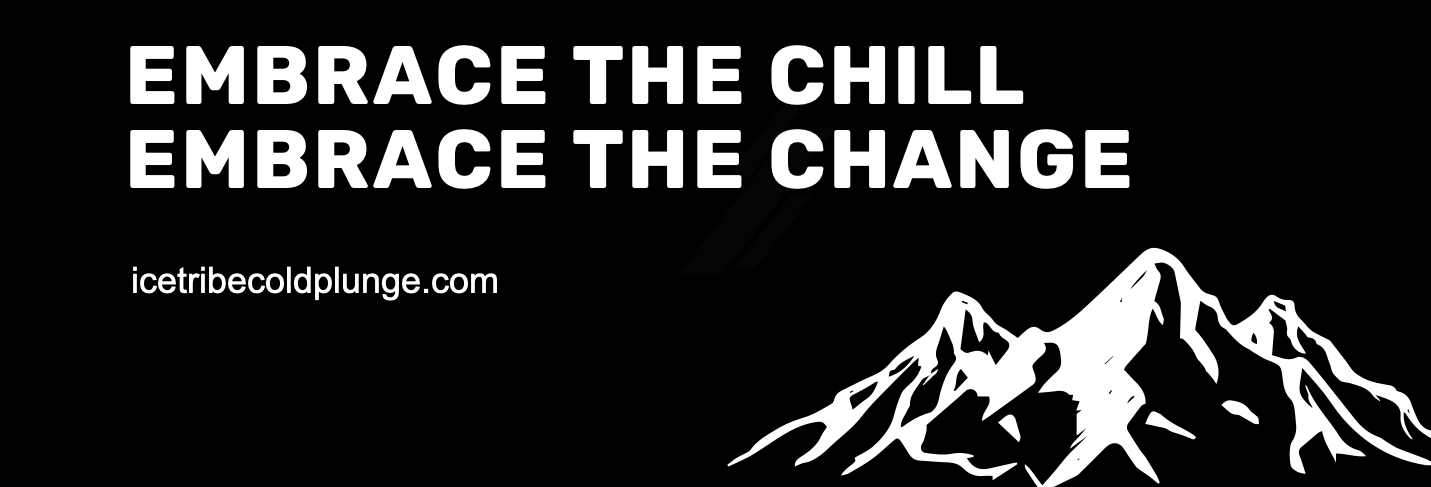Learn the best insights from global cold therapy researchers and experts
-

WIM HOF
Learn more about Wim HofDutch extreme athlete Wim Hof, 'The Iceman,' broke cold exposure records by controlling his breathing, heart rate, and circulation. He developed the Wim Hof Method, combining breathing, cold therapy, and commitment, aiming to share its benefits worldwide.
-

DR. ANDREW HUBERMAN
Learn more about Dr. HubermanAndrew Huberman, Ph.D., a Stanford neuroscientist, has advanced brain development, function, and neural plasticity. His Huberman Lab podcast, launched in 2021, ranks globally in the top 10 and often leads in Science, Education, and Health categories.
-

DR. SUSANNA SØBERG
Learn more about Dr. SøbergDr. Susanna Søberg, known for pioneering work in metabolism, explores how cold, heat, and breath can transform health. With a Ph.D. in metabolism, she prescribes optimal thermal exposure for significant health benefits.
Frequently Asked Questions on Cold Therapy
What is a cold plunge?
A cold plunge involves immersing your body in cold water for a brief period, typically between 1 to 5 minutes, to reap physiological benefits.
How cold should the water be?
The water temperature for cold plunges is generally between 3°C to 14°C. Start with a temperature that feels challenging but manageable.
How long should a cold plunge session last?
Beginners should start with sessions lasting around 1 to 3 minutes. As you become accustomed, you can extend the time up to 5 minutes. Listen to your body and increase duration gradually. Don't be a hero on your first deep. Please sign up to our mailing list to receive different protocols and routines.
How often should I do cold plunges?
You can start with 2-3 sessions per week. More frequent sessions (daily or every other day) are possible for athletes or those accustomed to cold exposure, but ensure adequate recovery between sessions.
What should I wear during a cold plunge?
Swimwear or shorts are suitable. Avoid heavy clothing that can weigh you down or impede movement.
Are there any risks involved in a cold plunge?
Cold plunges can pose risks such as hypothermia or shock if not done properly. Monitor your body's response, start with shorter sessions, and exit if you feel extremely uncomfortable or experience shivering that persists.
How should I prepare for a cold plunge?
Warm up your body with light exercise beforehand to improve circulation. Mentally prepare by focusing on deep breathing and relaxation techniques.
What should I do after a cold plunge?
Warm up gradually with a hot shower or warm clothing. Stay hydrated and consider gentle stretching or light activity to maintain circulation.
Who should avoid cold plunges?
Individuals with cardiovascular conditions, respiratory problems, or low blood pressure should consult a healthcare professional before attempting cold plunges. Pregnant women and those with infections should also avoid cold exposure.
How do I safely enter and exit a cold plunge?
Enter the cold water slowly to allow your body to adjust to the temperature. Focus on controlled breathing to manage the shock of the cold. When exiting, do so slowly to prevent dizziness and ensure you have a towel and warm clothing nearby.
What are the benefits of cold plunges
Cold plunges can promote faster muscle recovery, reduce inflammation, boost circulation, and enhance mental alertness and resilience to stress. Please check our listed benefits in the diagram below.




